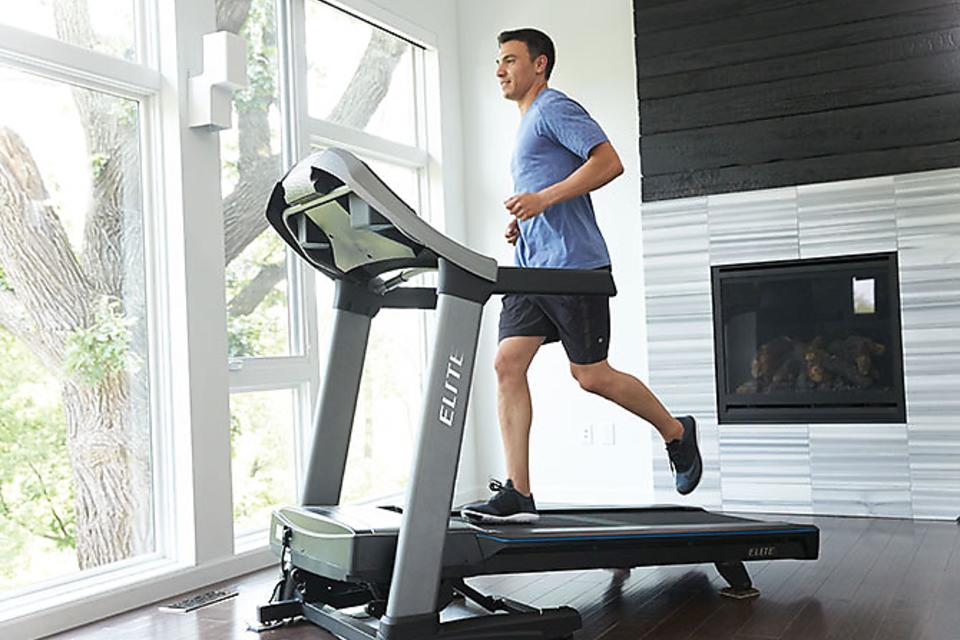Innovation in robotics has always been about pushing boundaries and exploring new horizons. From industrial automation to healthcare assistance, robots have become integral to various domains. However, as technology advances, so too does our imagination, leading us to contemplate robots that can navigate challenging terrains with ease. Enter inclined walking machines – a promising frontier in robotics that holds tremendous potential for applications ranging from search and rescue missions to space exploration.
Imagine a machine capable of effortlessly scaling steep slopes, traversing uneven terrain, and accessing areas inaccessible to traditional wheeled or tracked vehicles. Inclined walking machines, also known as legged robots, mimic the locomotion of animals like insects, mammals, and even humans, allowing them to move effectively in environments where conventional vehicles struggle.
One of the key advantages of inclined walking machines lies in their adaptability to diverse landscapes. Whether it’s rocky mountainsides, sandy deserts, or rubble-strewn disaster zones, these robots can maneuver through challenging terrain with agility and precision. This adaptability makes them invaluable assets in disaster response scenarios, where time is of the essence and conventional vehicles may be hindered by debris or impassable roads.
Furthermore, inclined walking machines offer significant advantages in exploration missions, particularly in extraterrestrial environments. For instance, the rugged terrain of celestial bodies such as the Moon or Mars presents numerous obstacles for traditional rovers. Inclined walking robots equipped with advanced sensors and mobility systems could explore these environments more efficiently, gathering valuable data and expanding our understanding of the cosmos.
Another compelling application of inclined walking machine is in infrastructure inspection and maintenance. Bridges, towers, and other elevated structures often require regular monitoring for signs of wear and structural integrity. Sending human inspectors into hazardous or hard-to-reach locations poses risks to safety and may be impractical in certain scenarios. Inclined walking robots equipped with cameras and sensors can traverse these structures with ease, conducting thorough inspections while minimizing risks to human personnel.
The development of inclined walking machines, however, is not without its challenges. Achieving stable and efficient locomotion on varied terrain requires sophisticated control algorithms and mechanical design. Engineers must grapple with issues such as balance, energy efficiency, and robustness to ensure that these robots can perform reliably in real-world environments.
Additionally, advancements in materials science and sensor technology are crucial for enhancing the capabilities of inclined walking machines. Lightweight yet durable materials can reduce energy consumption and increase payload capacity, while high-resolution sensors enable robots to perceive their surroundings with greater clarity and precision.
Despite these challenges, significant progress has been made in the field of inclined walking robotics. Researchers continue to explore novel locomotion strategies inspired by nature, such as dynamic legged gaits and adaptive foot designs. Furthermore, advances in artificial intelligence and machine learning enable robots to learn and adapt to different terrains autonomously, further enhancing their versatility and performance.
In conclusion, inclined walking machines represent a transformative technology with far-reaching implications across various industries. From disaster response and exploration to infrastructure maintenance and beyond, these robots have the potential to revolutionize how we navigate and interact with the world around us. By harnessing the power of robotics and embracing innovation, we can unlock new possibilities and overcome the challenges of tomorrow, one step at a time.

